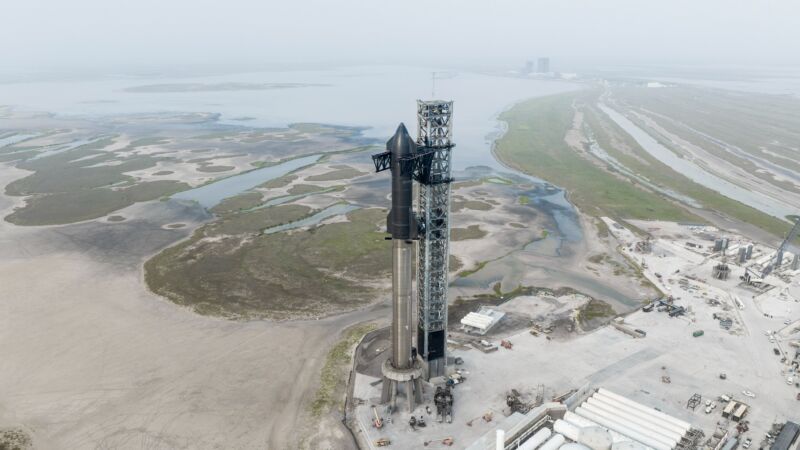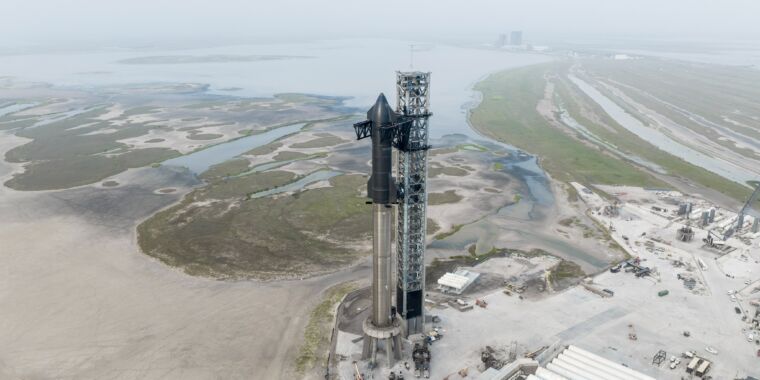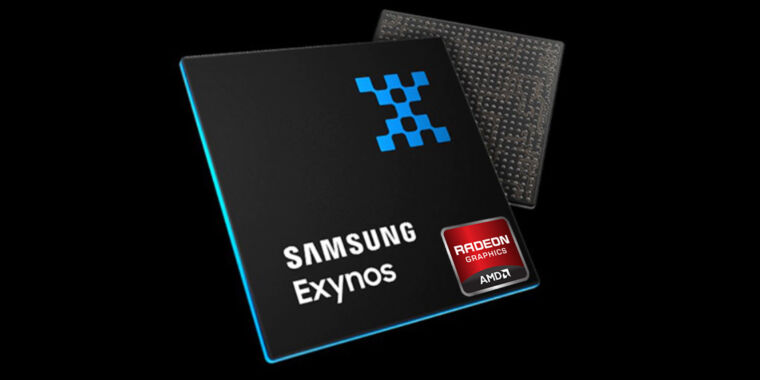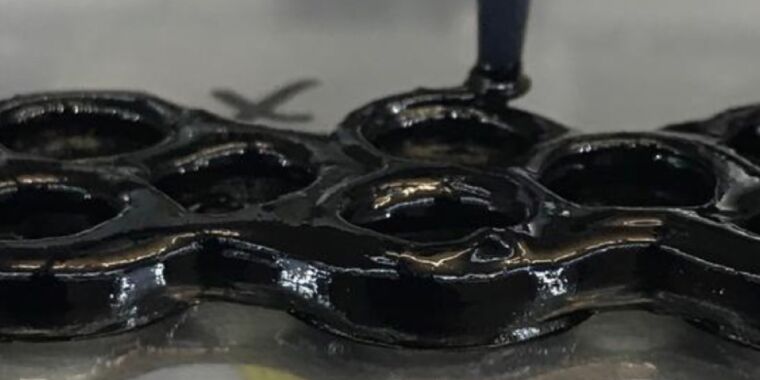
SpaceX
Welcome to Edition 5.32 of the Rocket Report! We have plenty to discuss this week, including the surprising success of a quasi-private Chinese company that reached orbit on its first launch attempt. I don’t think this achievement has quite gotten the attention it deserves.
As always, we welcome reader submissions, and if you don’t want to miss an issue, please subscribe using the box below (the form will not appear on AMP-enabled versions of the site). Each report will include information on small-, medium-, and heavy-lift rockets as well as a quick look ahead at the next three launches on the calendar.

Virgin Orbit files for bankruptcy. The launch company announced Tuesday morning that it has filed for bankruptcy in the US District of Delaware, Ars reports. The cash-strapped company said it views bankruptcy as the best means of selling itself. “At this stage, we believe that the Chapter 11 process represents the best path forward to identify and finalize an efficient and value-maximizing sale,” said Dan Hart, CEO of Virgin Orbit. To continue the business with a skeleton crew for minimal operations, founder Richard Branson has agreed to provide $31.6 million in debtor-in-possession financing. If approved by the bankruptcy court, this financing would allow the company funding to continue these operations while seeking a buyer.
Asset sale likely … The best outcome for the California-based company would be to find a buyer willing to continue Virgin’s launch business. Through the bankruptcy process, the company could shed some of its debt and possibly emerge as a leaner business serving a segment of the market seeking dedicated launch on a responsive vehicle. However, the more likely path is probably the wholesale selling off of the company’s business and assets, as in recent weeks, Virgin Orbit has been unable to find a buyer willing to continue its operations. While there was a public flirtation with a Texas-based investor named Matthew Brown, it was never clear that he was a serious bidder or had the funds to save Virgin Orbit. He probably did not, as Tim Fernholz reports. (submitted by Ken the Bin and Barry Alexander)
Impressively, Space Pioneer reaches orbit. On Sunday, Space Pioneer became the first Chinese private launch firm to achieve orbit with a liquid-fueled rocket. The Tianlong-2 rocket lifted off from a transport erector launcher at the Jiuquan Satellite Launch Center, sending a small remote sensing experiment satellite into orbit, Space News reports. The launch means Space Pioneer—full name Beijing Tianbing Technology Co., Ltd—becomes the first private company to reach orbit with its first launch.
Aiming for medium-lift next … The three-stage Tianlong-2 is capable of carrying 2 metric tons to low-Earth orbit. The company has raised a large amount of money, $438 million, since its founding in 2018. This money will be used, in part, for the development of the larger Tianlong-3 launcher and its rocket engines. This Falcon 9-like rocket will be capable of lifting 15 tons to low-Earth orbit, with a reusable first stage. One can reasonably debate the extent to which Chinese commercial companies are truly private or separate from the state-owned space enterprises, but this is nevertheless an impressive achievement. The US needs to continue nurturing its commercial space community because China is rising here. (submitted by Ken the Bin)
Rocket-powered spaceplane takes flight. A New Zealand-based space company, Dawn Aerospace, said Wednesday it had completed the first three test flights of a rocket-powered spaceplane. This Mk-II Aurora vehicle measures 4.5 meters long and is powered by a combustion rocket engine fueled by kerosene and hydrogen peroxide. During its initial flights, the vehicle flew to an altitude of about 1,800 meters and reached a maximum speed of about 315 kilometers per hour, Ars reports.
Into space maybe next year … The test campaign, which is taking place from the Glentanner Aerodrome in New Zealand, will eventually see this vehicle top out at about 20 kilometers. The lessons learned from this plane will be put into a second version of the Mk-II Aurora, which could take flight before the end of this year or early in 2024. The goal is to fly this second version of the spaceplane to an altitude of 100 km, above the internationally recognized boundary of space. (submitted by David Ai)
China tests ocean-based landing. The state-owned Chinese Academy of Sciences successfully carried out a rocket vertical landing test at sea, Global Times reports. The rocket was small, just 2.1 meters long, with a mass of 93 kilograms. Additionally, it was powered by a turbojet engine rather than a variable-thrust liquid rocket engine. Nevertheless, the 10-minute test signals the serious intent of the Chinese government to start reusing first stages.
A soft landing … During the test, the rocket prototype flew at an altitude of more than 1,000 meters before descending in a smooth hovering fashion and decelerating under reverse thrust. The landing speed was reduced to less than two meters per second at the final stage before the rocket touched down steadily into the ocean. This kind of rocket recovery technology at sea could be widely applied to future rocket models, including the Jielong-3 and Jielong-3 heavy-lift launchers.
Astra says Rocket 4 is on track. Astra is still planning to conduct a first launch of its Rocket 4 vehicle before the end of the year, Space News reports. “We continue to expect test flights for Rocket 4 to begin in the latter part of 2023, and continue to remain on track with our key development milestones leading up to our first flight,” Chris Kemp, chief executive of Astra, said on an earnings call.
We shall see … Those milestones, he said, include completing the qualification of the upper-stage engine and a full-duration static-fire test of the first-stage engine. The company has also conducted testing of the vehicle’s propellant tanks and work on the production line for the vehicle. Rocket 4 is significantly larger than Rocket 3.3, with a planned payload capacity of up to 600 kilograms to mid-inclination orbits. (submitted by EllPeaTea)
Canadian spaceport making progress. Thanks to a mild winter, construction on roads for a Canadian spaceport continued throughout the season, spaceQ reports. This has allowed Maritime Launch Services, which is developing the spaceport in Nova Scotia, to begin work on a launch pad. The company hopes to host suborbital launch attempts this summer.
Step-by-step approach … If all goes well, the Nova Scotia spaceport will host an orbital launch attempt by Skyrora in early 2024, although that is predicated on the Edinburgh launch company being ready to go. The goal of these launches is for spaceport operators to learn and prepare for medium-lift launches later this decade. Maritime Launch Services sees a big demand for medium-lift that it would like to help meet. (submitted by JoeyS-IVB)








